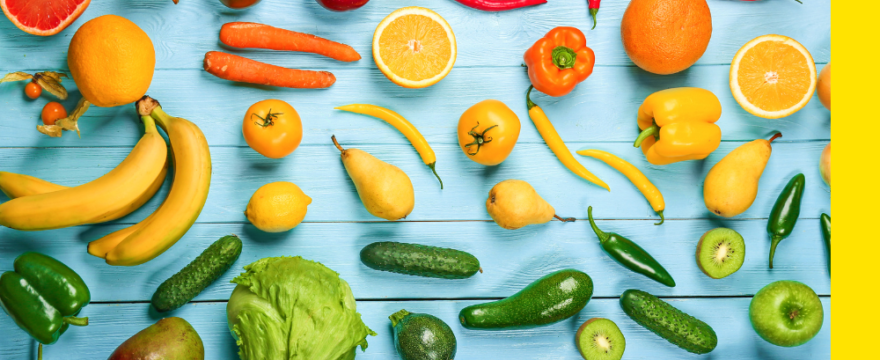I recently finished reading Johann Hari’s “Magic Pill: The Extraordinary Benefits and Disturbing Risks of the New Weight Loss Drugs.” It’s one of the best books I’ve read in a long time, combining personal storytelling with investigative journalism and expert insights. Hari’s approach of weaving his own vulnerability with thorough research creates an engaging narrative that explores the complexities of weight loss and eating disorders.
The Japanese Contrast
One of the most fascinating points Hari makes comes near the end of the book when he examines Japan’s relationship with weight loss drugs. While these drugs are available in Japan, there isn’t a significant market for them—simply because obesity isn’t a widespread issue there. This led to an exploration of why Japan, despite being a wealthy nation like the United States, hasn’t experienced an obesity crisis.
The answer lies in how deeply healthy living is embedded in Japanese culture:
- Physical activity is integrated into daily life from childhood through elderly years
- Companies are held accountable for their employees’ health
- The government implements policies that support healthy lifestyles
- The food retail environment is structured differently
The Grocery Store Difference
Perhaps the most striking difference is in Japanese supermarkets. While American grocery stores dedicate vast amounts of space to processed foods, Japanese markets are dominated by fresh foods. They typically have just one small aisle explicitly labeled “processed foods.” This contrast is particularly significant because it reflects fundamental differences in retail economics between the two countries.
In America, grocery stores make their primary profits from processed foods, which is why they dedicate so much square footage to packaged goods. This business model affects everything from store layout to product availability. I’ve experienced this firsthand—at my local Publix, I spoke with the manager about bringing in more organic and plant-based options. Similarly, my mother had conversations with C-Town managers in Queens about stocking items like almond milk. In both cases, when these items were finally stocked, they were priced significantly higher than at stores like Whole Foods, simply because the lower demand couldn’t support competitive pricing.
The Japanese retail model succeeds through:
- High demand for fresh food (culturally driven)
- Frequent, smaller purchases
- Efficient inventory management
- A robust market for freshly prepared meals like bento boxes
- Government policies that support healthy food retail
This system is particularly effective because it’s supported by both cultural preferences and infrastructure. Markets maintain profitability through high turnover of fresh products rather than relying on the higher margins of processed foods.
The Store Accessibility Factor
In urban Japan, the proximity of markets to residential areas makes frequent shopping practical. This reminds me of New York’s bodegas and small produce markets, particularly in Queens where there are numerous Asian-run greengrocers within walking distance. However, there’s a crucial difference in quality and selection—many of these U.S. stores don’t carry organic produce, which presents a significant barrier for health-conscious consumers.
The Quality and Cost Challenge
While we have similar infrastructure in some urban areas, particularly in New York city, we face a quality-access gap. For instance, the grocery store across from my mom’s salon offers convenience but lacks organic options. This highlights a critical difference between mere access and quality access. Even in areas with numerous small markets, finding high-quality, organic produce often requires traveling to stores like Whole Foods—which for many means a substantial commute.
The American Challenge
Implementing a Japanese-style food system in America faces several obstacles:
Infrastructure and Lifestyle Barriers
- Long commute times
- Limited access to quality markets
- Reliance on bulk shopping (e.g., Costco)
- Work schedules that make frequent shopping difficult
Quality and Accessibility Issues
- Limited availability of organic produce in convenient locations
- Higher costs for healthy options
- Lack of government support for healthy food initiatives
- Subsidies favoring processed food ingredients (corn, wheat, soybeans)
Cultural and Political Factors
- Corporate influence on food policy
- Resistance to perceived government or corporate “overreach”
- Different cultural attitudes toward health and wellness
- Strong lobbying presence from food industry groups
Moving Forward: Potential Solutions
To shift toward a healthier food culture like Japan’s, America needs to focus on:
- Redirecting government subsidies from processed food ingredients to organic produce
- Improving food accessibility with emphasis on quality organic options
- Supporting local markets and community development
- Implementing comprehensive nutrition education programs. Dr Brooke Goldner shared an amazing new development in this area here.
- Creating infrastructure that makes healthy food shopping convenient
- Developing workplace wellness programs that respect privacy while promoting health
The Role of Culture
One crucial insight from Hari’s book is how Japanese eating culture differs fundamentally from American habits. Japanese meals typically feature small portions of many different foods, eaten mindfully and slowly. This approach naturally promotes satiety awareness and appreciation of fresh ingredients.
While the GLP-1 drugs discussed in Hari’s book may offer benefits for some individuals, they don’t address the root causes of our obesity crisis. The Japanese model shows that creating a healthy society requires comprehensive cultural and systemic changes—from government policy to individual eating habits. The challenge for America isn’t just about access to healthy food; it’s about transforming our entire relationship with food, health, and community well-being.
My Conquer Your Cravings: 3-Month Immersion Program guides individuals through a proven process to release excess fat—around 1 to 2 lbs per week—while maintaining long-term consistency through healing both the body and brain with a biopsychosocial spiritual approach. This program works just as well as GLP-1 drugs but without the uncomfortable side effects.
However, if a 3-month commitment feels too long, you can start with my 5-Day Fall Meal Prep Challenge to dip your toes into the power of using food as medicine. It’s a perfect way to start feeling the benefits of this approach in just 5 days!
Click here to register for the 5-Day Fall Meal Prep Challenge and take the first step toward releasing excess fat and healing your body naturally.

Leave a Reply